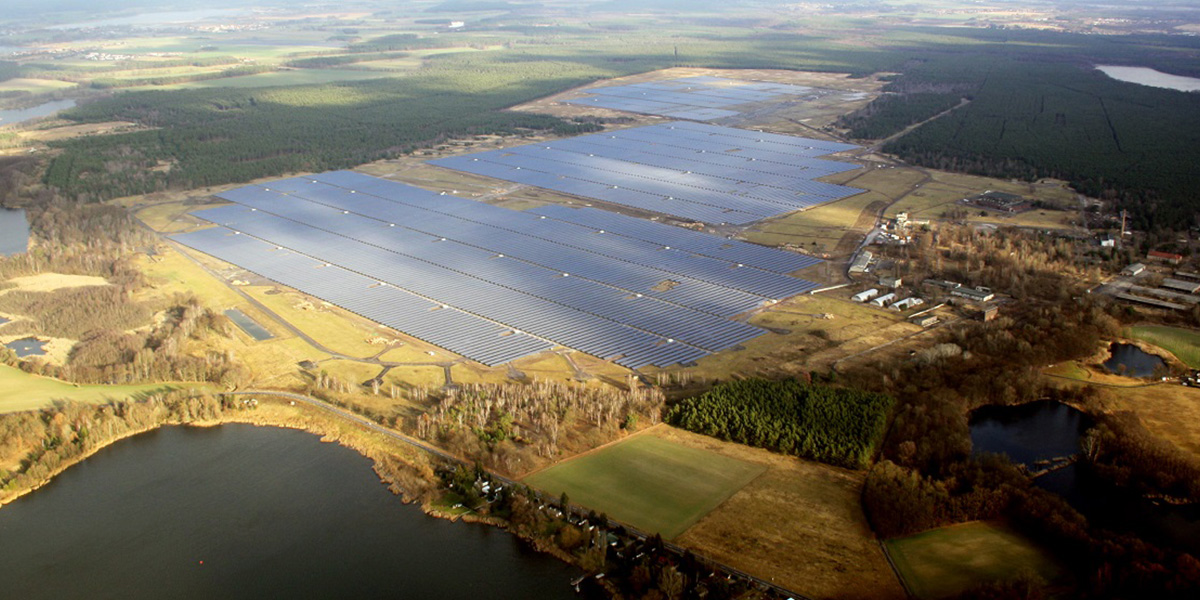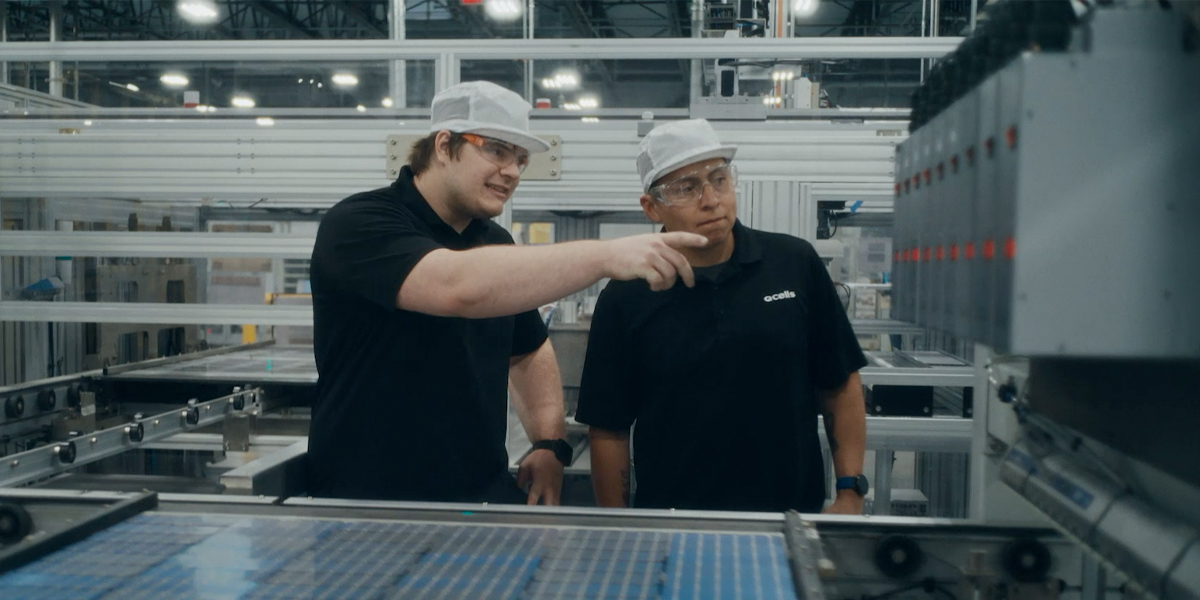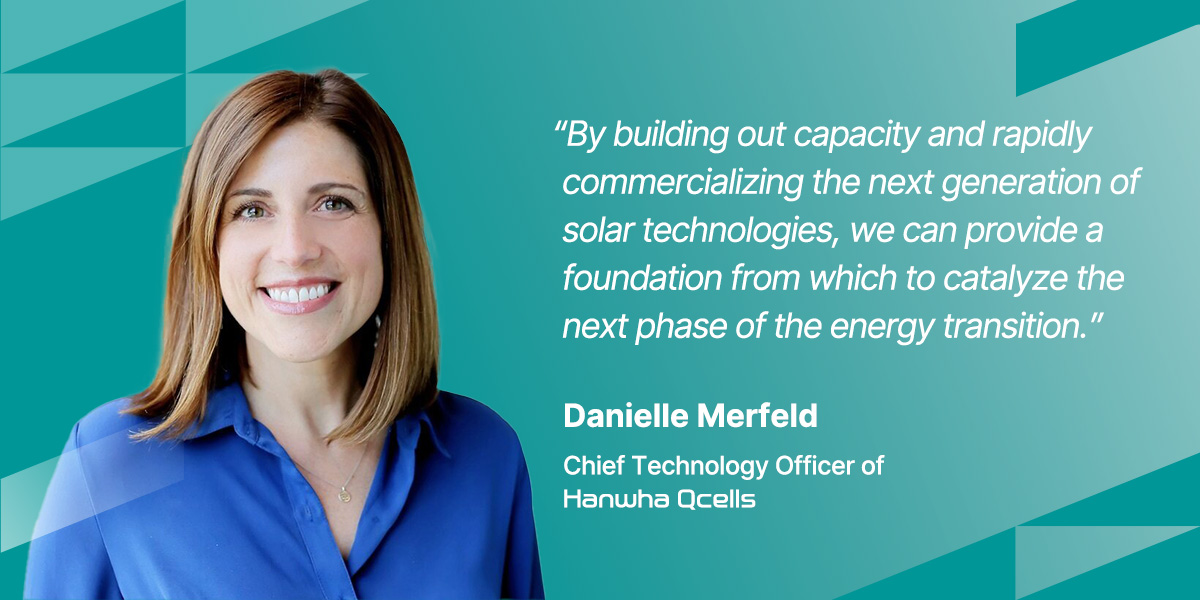Growth models for renewables: It’s time for more investment, innovation, and industry leadership

This series sheds light on the key discussions held at CERAWeek 2024, exploring new pathways for a multidimensional energy transition. Through insights from trailblazers at Hanwha Qcells, Hanwha Ocean, Hanwha Power Systems, and PSM, discover how Hanwha is laying the groundwork by delivering transformative decarbonization solutions in a dynamic energy landscape.
With the energy transition in full swing, the push to expand the adoption of renewable energy sources across the board continues to grow. The renewables market has grown fast across the world’s major markets, with solar, in particular, becoming more popular thanks to innovations that improved the product and falling prices that made it accessible.
Next year, the growth in renewables is set to continue, with the world’s total renewable electricity capacity rising to 4,500 gigawatts (GW) — equal to the total power output of China and the United States combined. Of this increase, solar PV will account for two-thirds of the expansion in capacity as consumers worldwide turn to rooftop solar PV to slash their rising energy bills.
Despite this growth, renewable energy still represents a small fraction of total energy consumption, with 81% of our energy coming from fossil fuel sources. To achieve net zero emissions by 2050, the International Energy Agency has set a goal to triple renewable energy by 2030. But doing so is easier said than done, as the industry faces a variety of challenges that could slow the current rate of growth, like price cannibalization, energy intermittency, aging power grids, supply chain vulnerabilities, and sustainability concerns.
Industry leaders explored how to face these challenges at CERAWeek 2024, which featured discussions on the themes of climate and sustainability as well as power markets in transition. Sustaining the momentum of renewable energy, particularly solar, will require a comprehensive approach involving collaboration between the public and private sectors to not only overcome existing obstacles but also create a solid foundation for the next phase of the energy transition.

A Qcells solar installation in Germany
Supporting renewables through public policy
When it comes to a multidimensional energy transition, a strong public sector will enable a strong private sector — the two go hand in hand. This has already been seen through the recent growth in the renewable energy market, which has been driven to a large extent by policies, laws, and regulations that encourage private investment in renewable energy.
However, despite record growth, the public sector must continue driving progress to keep solar on track. Policy leadership is still needed to modernize power grids, restructure incentives to mitigate price cannibalization, and ensure a level playing field for clean energy. However, governments face various challenges, from competing priorities for policies and funding to economic pressures and industry lobbying, all of which can hinder progress towards achieving their sustainability ambitions.
According to the International Energy Agency (IEA), around $90 billion of public money is needed globally to complete a portfolio of demonstration projects before 2030. However, only around $25 billion is currently budgeted, leaving a huge funding gap. With global public debt exceeding 80% of global GDP, the responsibility increasingly falls on the private sector to invest in global energy access and resilience. Thus, public sector leadership is only part of the puzzle. The private sector is essential to fill in market gaps and spearhead innovation for the energy transition.

Workers inspect a solar panel at a Qcells factory
Scaling innovation through private sectors
The IEA Renewables 2023 report, released after COP28, predicts record growth in renewable energy deployment, with solar PV and wind driving 95% of expansion. However, current commitments fall short of tripling renewable capacity by 2030. To meet this goal, the private sector must lead with bold, transformative solutions, including scalable innovations and supply chain investments.
A major driver behind the massive deployment of solar PV has been continued innovation in the industry. Breakthroughs from private companies have been essential to making solar power cheaper and more widely available. For instance, Qcells’ Q.ANTUM, a proprietary Passivated Emitter Rear Cell (PERC) technology, set the industry standard by boosting the amount of electricity a solar module generates. Currently, QUANTUM.NEO cell technology for tunnel oxide passivated contact (TOPCon) modules is delivering some of the highest lifetime power ratings in the industry. Looking ahead, Hanwha has the opportunity once again to energize the solar industry by commercializing perovskite tandem cells, which have shown great potential to reduce costs and enhance the performance of solar cells beyond what silicon alone can achieve. Improved efficiency helps expand solar uptake in more ways than one: with more efficient panels, less land use is required to achieve equivalent amounts of output.
“The energy industry must take the lead in ensuring that renewable growth is sufficient to meet targets,” said Danielle Merfeld, Global Chief Technology Officer at Hanwha Qcells. “By building out capacity and rapidly commercializing the next generation of solar technologies, we can provide a foundation from which to catalyze the next phase of the energy transition.”
To continue driving the wider adoption of renewables, private companies must invest not only in technology but also in strengthening their supply chains. In doing so, they can increase their transparency and resilience while decreasing emissions and exposure to geopolitical changes. Annual solar PV capacity additions need to more than quadruple to 630 GW by 2030 to meet climate targets, and the global production capacity for solar modules and components would need to more than double by 2030 from today’s levels. Private sector investment in building out renewable energy supply chains and reducing bottlenecks is critical to making this possible.

Hanwha, which has a comprehensive portfolio of transformative energy solutions, has invested $2.5 billion to build an end-to-end solar value chain to be able to provide stability and long-term growth for its customers. The company’s solar value chain spans upstream materials such as polysilicon, ingots, and wafers; midstream products such as cells and modules; and downstream projects to install power plants and produce power. “Having full control over the supply chain not only mitigates the risks that come from relying on third-party suppliers but also ensures that sustainable initiatives can be implemented from end to end,” added Merfeld.
Qcells is also looking beyond the solar supply chain, positioning itself as a seamless partner in delivering reliable, accessible, and clean energy solutions. This comprehensive approach includes end-to-end solutions like battery storage for residential, commercial, and utility-scale projects, along with related software and services. From manufacturing and project development to installation, storage, financing, and ongoing energy management, Qcells provides a full suite of clean energy products and services tailored to projects of any size.
“These investments are good not only for our bottom line but also for the planet, helping contribute to the larger energy ecosystem and driving decarbonization goals,” said Merfeld.
Boosting sustainability via end-to-end solutions
Renewables and the energy transition are at a crossroads. While growth continues to flourish, the market faces a number of challenges that cannot be fixed in isolation. Pushing the industry to the next stage of development will require international cooperation from the public and private sectors. But just as important, we need investment, innovation, and leadership in the renewable industry to ensure progress is sustained and sustainable for generations to come.
Get the latest news about Hanwha, right in your inbox.
Fields marked with * are mandatory.
- Non-employee
- Employee






